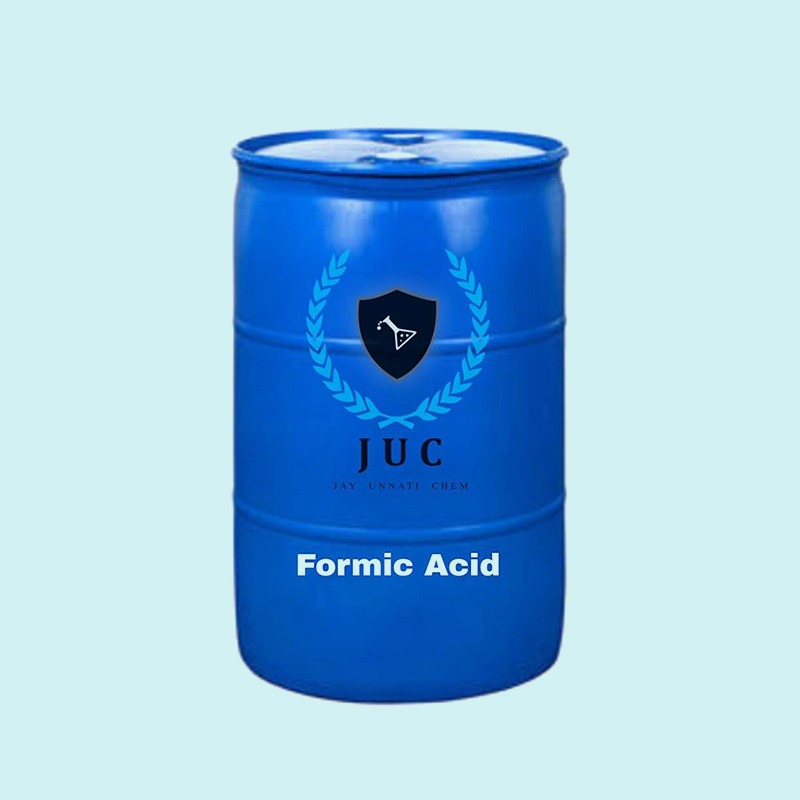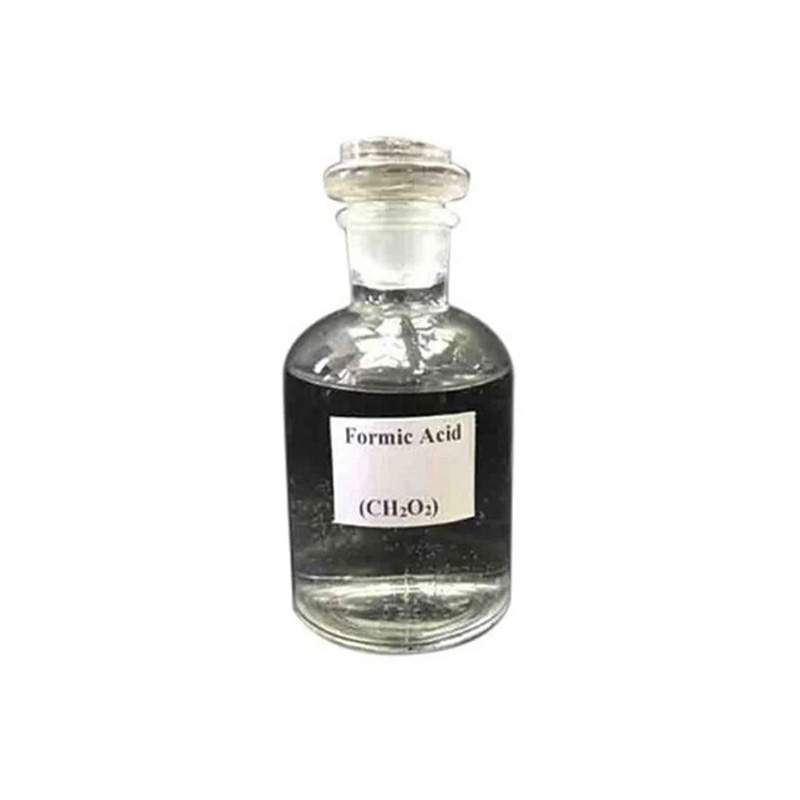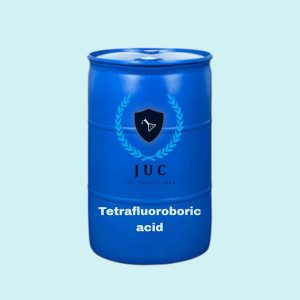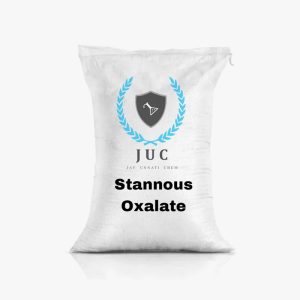Formic acid (HCOOH), also known as methanoic acid, is the simplest carboxylic acid. It has a colorless appearance, a pungent odor, and is highly soluble in water, alcohol, and ether. The chemical formula HCOOH reflects its composition: a single carbon atom bonded to a carboxyl group (-COOH) and a hydrogen atom. It is naturally found in the venom of ants and certain other insects, hence its name, derived from Formica, the Latin word for “ant. “Formic acid has several notable applications across various industries. One of its primary uses is in agriculture, where it acts as a preservative for silage, the fermented fodder used to feed livestock. The acid helps to inhibit bacterial growth, preventing spoilage and extending the shelf life of animal feed. In the leather industry, formic acid is utilized in tanning processes, as it helps to adjust the pH of the leather and enhance its durability. In the chemical industry, formic acid serves as a precursor to other chemicals like methyl format and formamide, which are essential in the production of plastics, pesticides, and pharmaceuticals. It is also used as a reducing agent in various chemical reactions, particularly in the production of hydrogen gas through the hydrolysis of formic acid. In addition to its industrial uses, formic acid has been studied for its potential as an alternative fuel. Due to its high energy density and relatively simple structure, formic acid is considered a promising candidate for use in fuel cells. When decomposed, it releases hydrogen, a clean and efficient energy carrier. From a biological perspective, formic acid is produced by certain plants, fungi, and bacteria. It plays a role in the defense mechanisms of various species, particularly ants, which use it as a means of deterring predators or subduing prey. Despite its many uses, formic acid can be corrosive and irritating to the skin and eyes. Therefore, handling it requires appropriate safety precautions.
Formic Acid
| Cas No : | 64-18-6 |
| Formula : | CH2O2 |
| Hsn Code : | 29151100 |
| Form : | Liquid |
| Molecular Weight : | 46.03 g/mol |
| Melting Point : | 8.2 – 8.4 °C |
| Boiling Point : | 100 – 101 °C |






Reviews
There are no reviews yet.